Book Review – Indian Motorcycle
Book Review – Indian Motorcycle: America’s First Motorcycle Company, by Darwin Holmstrom
If I remove the veil of objectivity/cynicism that we moto-journalists are supposed to wear, I can admit that I’m kind of fanboyish about Indian Motorcycle.
Part of the reason for that is homerism; the resurrected brand is these days owned by Minnesota-based Polaris and I have strong family and friend ties to Minnesota. Part of it is simply that Indian makes good motorcycles. And part of it is because, oh, you know, heritage or whatever.
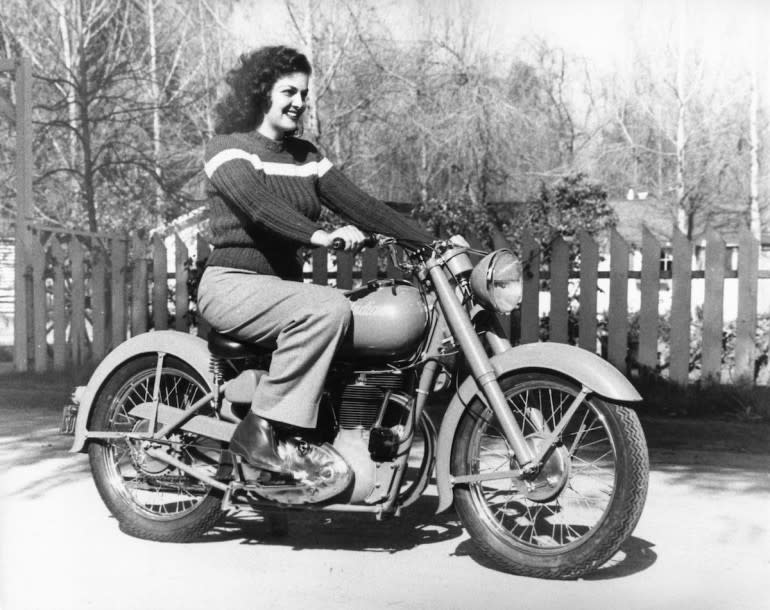
But I’ll admit that my knowledge of that heritage hadn’t been very in-depth. I knew the basics –– Indian started in 1901, went bust in 1953 and spent several decades in tumultuous limbo before being resurrected by Polaris in 2011 –– but I wanted to know more. So, when I got a chance to preview the new book Indian Motorcycle: America’s First Motorcycle Company, I jumped at it.
Effectively a wordy coffee-table book (large, filled with great photos), Indian Motorcycle is a Polaris-approved project written by former Motorcyclist editor Darwin Holmstrom. The book traces the history of Indian all the way from co-founder George M. Hendee’s days as a bicycle racer to the present day.
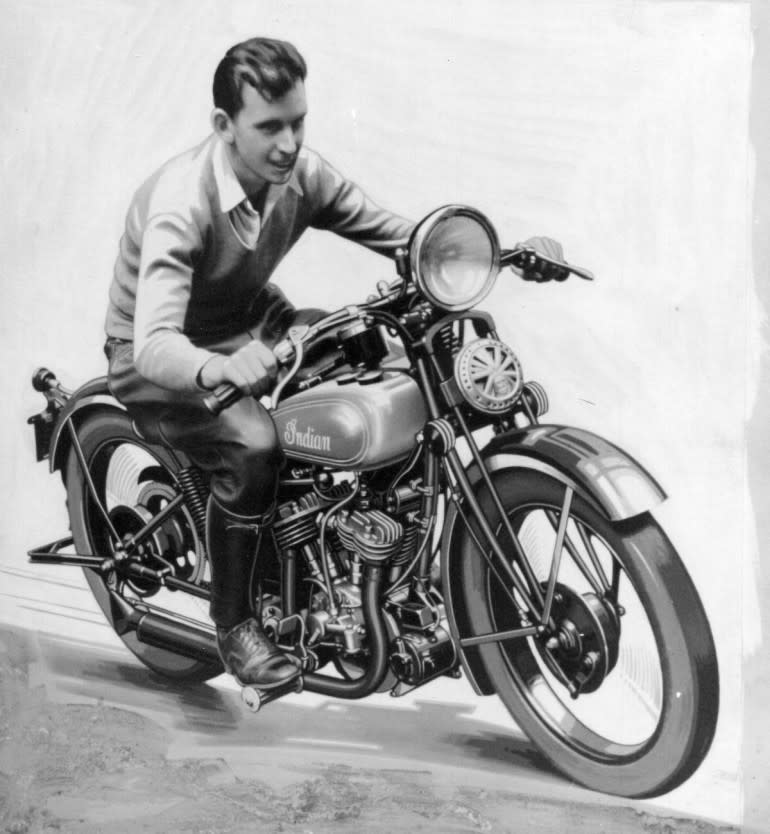
It’s unusual to talk about the physical book in a review, but I feel it’s relevant to do so in this case. The book is large – about a foot in length and 10 inches in width. If you’re Jason Bourne, it’s thick enough to stop a .38 caliber bullet. The cover features a beautifully embossed logo. It is, as I say, the sort of thing that belongs on your coffee table; it’s something you’ll want to display.
The pages of the book are high-quality and the photos ideal for long bouts of staring. My only quibble is that text is a little small for a book of this size. The book isn’t a bathroom reader; it’s too large and too heavy to hold close to your face with one hand. It feels much more natural resting in your lap at roughly arm’s length. But at that distance the words can be hard to read.
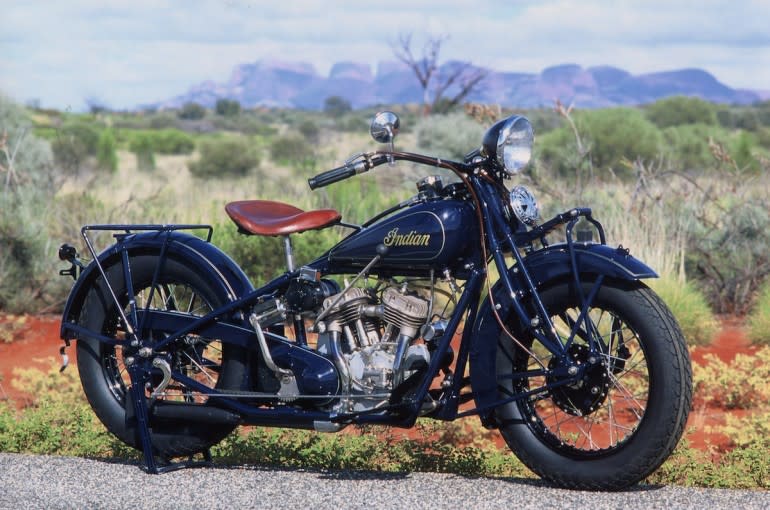
As far as the content of those words is concerned, author Holmstrom is an old hand at this sort of thing, having written similar books about BMW and Harley-Davidson. He was also the lead author in several editions of The Complete Idiot’s Guide to Motorcycles. The depth of his experience seems to come through in his writing. You get the sense that he didn’t have to do much research – the knowledge was already there in his head, picked up from his years in the motor industry.
Holmstrom doesn’t inject a tremendous amount of personality, but the “narrative” moves along easily without ever getting boring. Occasionally, though, things can be repetitive, with the same information being stated in consecutive paragraphs.
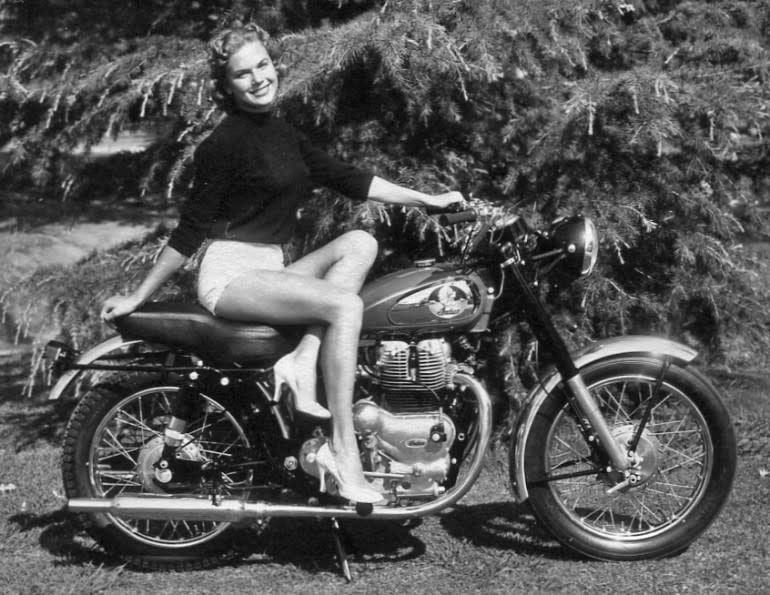
That’s a pretty insignificant complaint, though, and considering how extensively Indian’s history is covered, it doesn’t hurt to have some things mentioned more than once.
Well, most of Indian’s history is extensively covered…
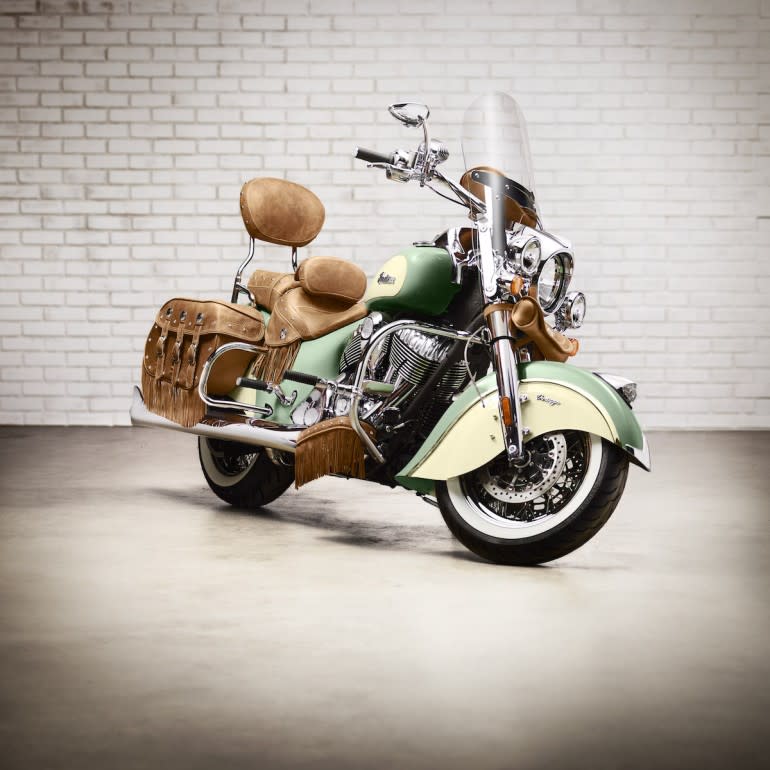
The book has 222 pages, but just six of them are dedicated to covering the roughly 60 years between 1953, when Indian shut its Springfield, Massachusetts, factory, and 2013, when Polaris unveiled the first of the line-up we know today.
A hell of a lot happened in those 60 years, and I had hoped for something of a tell-all exposé that dished gossip on all the wild-eyed dreamers, money-grubbers and bad-luckers that had attempted stewardship of the Indian name over the decades. For instance, I would have loved more detail on folks like Philip S. Zanghi, who held a dubious claim to the Indian trademark in the 1990s, duped investors into thinking he was going manufacture bikes with titanium engines, and ended up going to prison for fraud, tax evasion and money laundering.
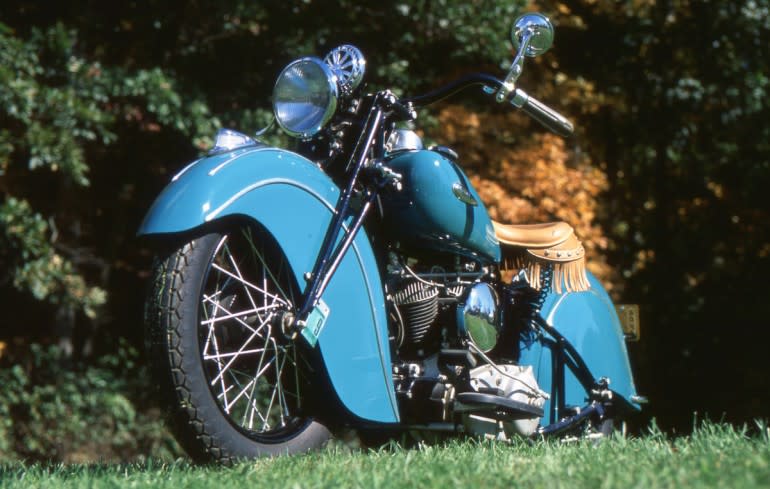
No such luck. This is book is a Polaris project after all, and the company (wisely, I have to admit) has chosen to be tactful about mistakes made by other stewards of the brand.
That’s not to say it’s a bunch of rosy revisionist history. The book doesn’t shy away from the debacle that led to Indian’s 1953 downfall and acknowledges that some of the bikes being turned out in the early 50s were “two-wheeled turds.”
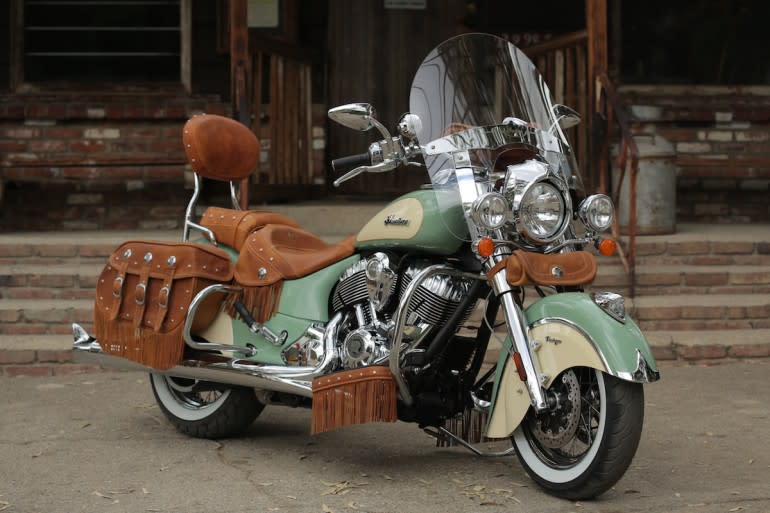
The final 88 pages of the book focus on Indian Motorcycle under Polaris’ stewardship. Starting with Polaris’ humble Minnesota beginnings and touching upon the lessons learned from running Victory Motorcycle, the book offers an interesting look into how much effort has been put into not just reviving Indian but making it a brand that seems likely to persist long into the future.
In that, Indian Motorcycle offers a fascinating glimpse into the world of motorcycles and the people who dedicate their lives to designing them, building them, and riding them.
Obviously, if you aren’t already interested in Indian and its history, this book isn’t for you. But for those of us carrying a little fanboyism for the brand, it’s an interesting read and I recommend it. Reader beware, however: you will end up desperately wanting an Indian in your garage.

 Yahoo Autos
Yahoo Autos 
